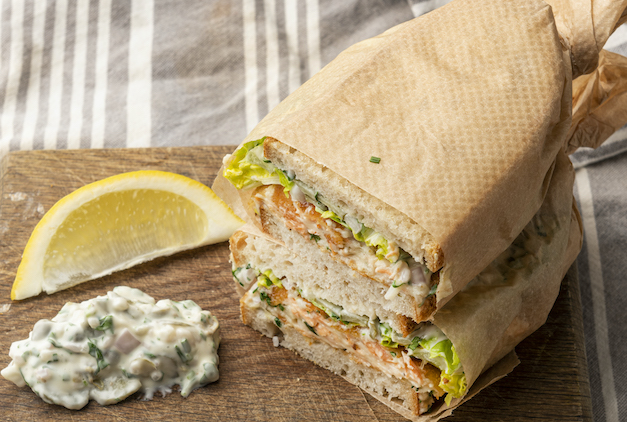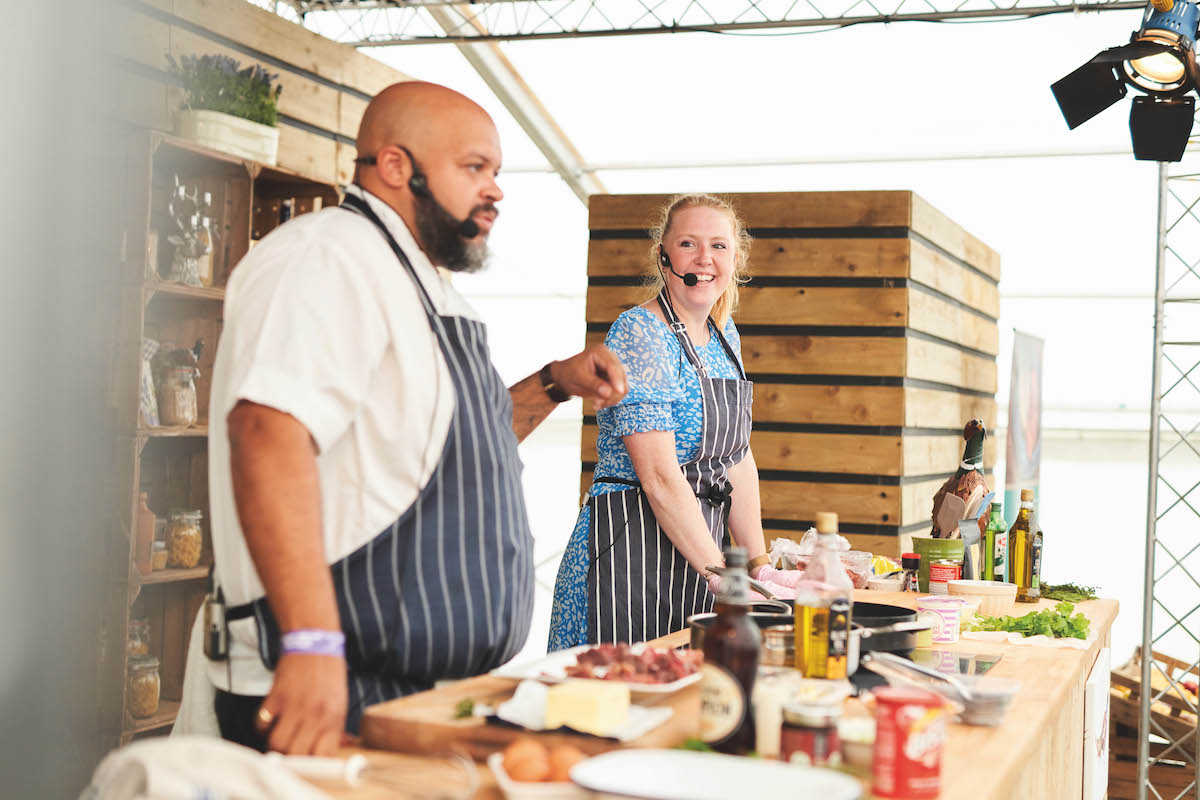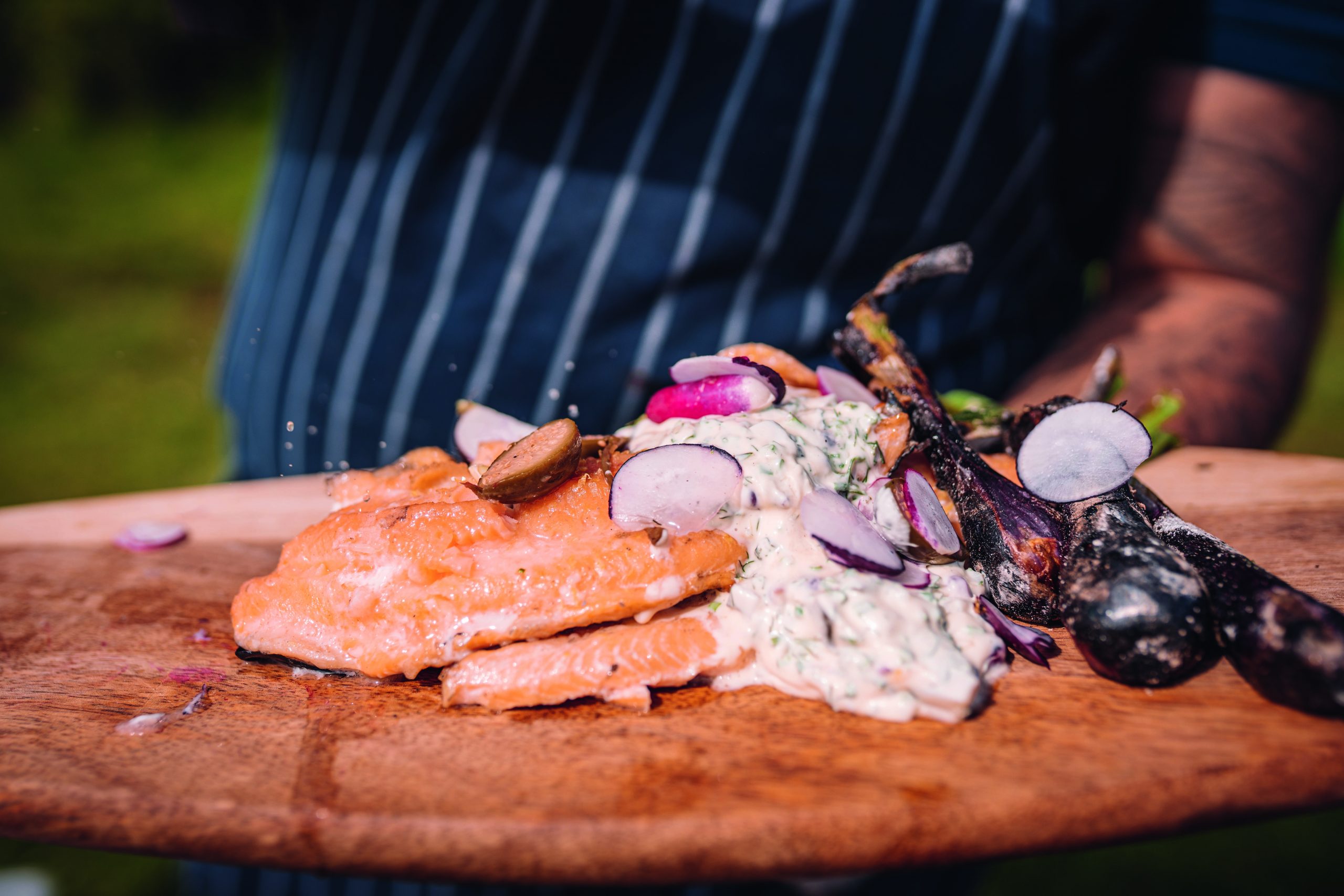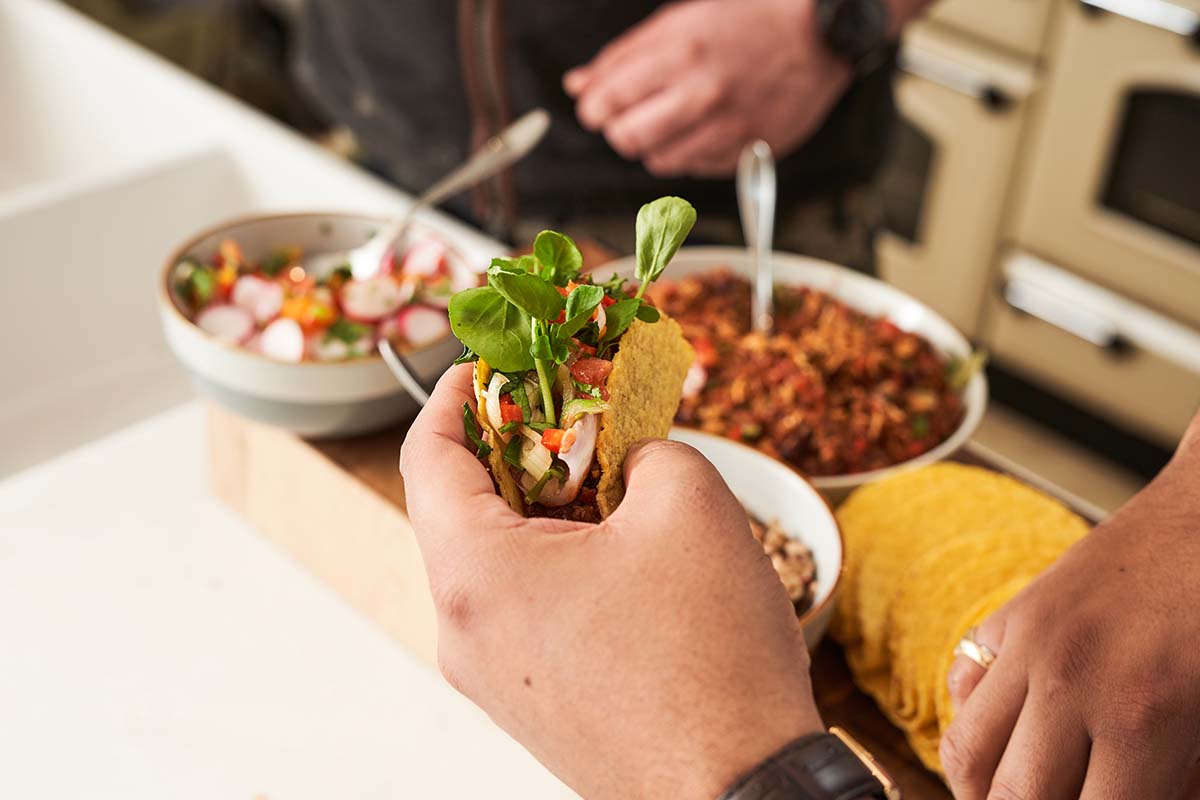Trout recipe for croquettes (or trout fish fingers by another name)
The fish finger sandwich is a kitchen classic in all its guises, but Tim Maddams is taking it to another level with top-notch trout croquettes. Serves two.

Trout Fish Fingers
Trout recipe that’s a little bit different
There are undoubtedly finer things in life than a fish finger sandwich, but few are more comforting. You can always reach for the frozen Captain’s Table version to pop betwixt two gleaming slices of the maternal pride and be done with it, but variety is the spice of life and, anyway, what’s wrong with a bit of trout?
I know I will be accused of making it too posh in this trout recipe, with too many ingredients, but my version of the classic hot sandwich is worth the effort and provides an ideal excuse to pop off trout fishing for a few hours. I would like to conjure up a misty hill loch, with canny wild brownies sipping at early-season insect life, as I creep stealthily round the loch, carefully and artfully scouting the margins for a tasty specimen to test my fly-fishing mettle. Alas, having only recently arrived in Moray and still being busy with unpacking, the truth is that I used a couple of fillets of rainbow trout that were in the freezer. I wouldn’t want you to think I was living some kind of idyllic life up here.
This trout recipe is probably better suited to a lardy rainbow than a sleek assassin of a wild brownie. Rather than breadcrumbing the slivers of boned flesh, I have made a croquette mixture with the fish, chilled it, cut it into fingers and then breadcrumbed it. This trick allows me to add more flavours.
Trout croquette fish finger sandwich with tartar sauce
Ingredients
For the croquettes:
- 250g trout fillet
- 500g milk
- a fresh bay leaf
- Salt and pepper
- 1 large clove of garlic
- 1 small shallot
- 75g butter
- 75g flour
- Fresh thyme, parsley, chives and a little tarragon
- Flour, beaten egg and breadcrumbs, for coating the fish fingers
- 300ml light cooking oil, to deep-fry the fish fingers
For the tartar sauce:
- 2 tbsp mayonnaise
- 1 tsp chopped parsley
- 1 tsp chopped shallot
- 1 tsp chopped capers
- 1 tsp chopped gherkin
- 1 chopped anchovy (optional)
- A little lemon juice, cayenne, pepper and salt
Method
- Poach the trout in the milk with the bay leaf and some salt and pepper. Strain off the milk and allow the trout to cool enough to handle. Flake up the fish a little and set aside.
- Finely chop the garlic and the shallot and sweat this off in the butter with some salt and pepper. Add the flour and make a roux (the thick paste of flour and butter that is the base of many white sauces). Slowly add the milk to this, over the heat, stirring all the time to make a thick and smooth white sauce. Season, then add the fish and the chopped parsley, chives and tarragon, before scraping the thick paste into a tub. Ideally, the mixture should be about as thick as a thumb on the bottom of the tub. Place the tub in the fridge to chill — without a lid or it will end up wet with condensation.
- Once it is set and thoroughly firm, remove the mixture from the tub by turning it over and gently encouraging it out on to a floured surface. Cut into large fish finger pieces then go through the old flour, egg and breadcrumbs routine. Set them aside and heat some frying oil in a pan ready to deep fry them. Set up a warmed dish, with kitchen roll inside, to drain them once cooked.
- To make the tartar sauce, simply mix together all the ingredients and season.
- Fry the fish fingers in hot oil — heated to around 180°C — and set aside to drain once they are golden brown and piping hot.
- Take two slices of handcrafted bread (or any bread you like) and spread one slice with butter and the other with tartar sauce. Add lettuce and tomatoes if desired. Sprinkle the cooked trout fish fingers with salt and place these in the sandwich. Apply the buttered slice on the top. I like to wrap sandwiches like this in parchment before cutting and serving, as it looks neat and keeps them together well. But that is probably a bit too faffy for most occasions.








